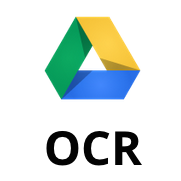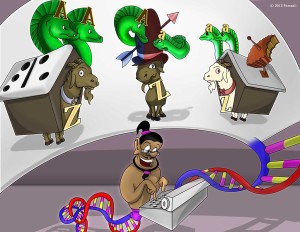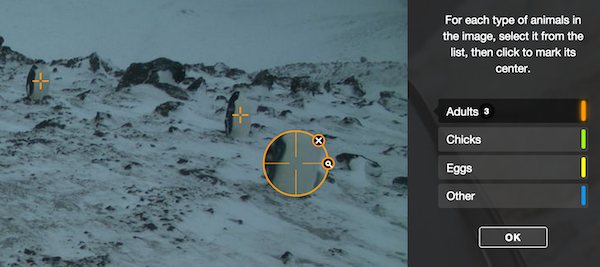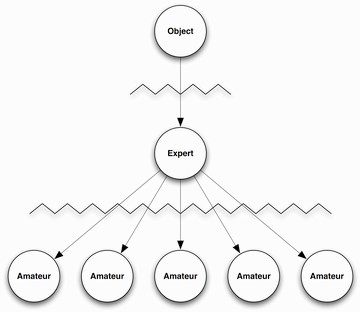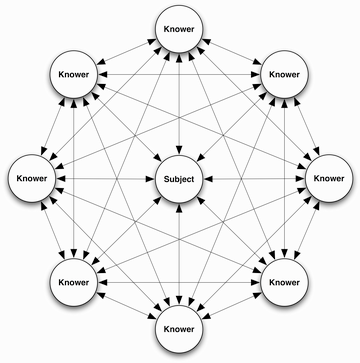Verizon, Lollipop, and My Samsung Galaxy S5
While not directly related to education, this situation is affecting my workflow and me so here I go.
My wireless provider is Verizon Wireless. Several months ago I made the switch from being a long-time iPhone user to the Android OS on a Samsung Galaxy S5. Until recently I found the switch to be good for me. The device plays better with my Google Apps workflow. The cost was reasonable. I added additional storage and know I can change my own battery if needed. I still use iOS on my iPad so apps purchased were not done in vain.
Last week the upgrade to Android Lollipop was released to Verizon Galaxy S5 devices. I had been watching the reviews other users have had over the last many weeks. It seemed fairly stable and so I upgraded with little hesitancy. The upgrade process was fairly quick compared to some iOS updates I’ve had in the past. Sadly, the problems became evident just as quickly.
 Suddenly my phone was always hot. Not just warm. HOT. I am honestly surprised it hasn’t burst into flames.
Suddenly my phone was always hot. Not just warm. HOT. I am honestly surprised it hasn’t burst into flames.
The charge on my battery (which usually gets close to empty around 3 pm since I work in a building that blocks cell signals like crazy) ran down at an incredible rate. For a recent example, I sit at Starbucks typing this post and entered less than one hour ago with a fully charged phone. It’s now at 68%. The last several days my phone was completely drained by about 10 AM. Not acceptable.
When the problem first showed up, I hit the Verizon forums and found that other, many others, were having the same issues. I was reassured it was not all in my imagination but am not happy at all that, after 6500+ views, Verizon still hasn’t addressed the issue. If they would just come out and say they have discovered the problem and are expecting to have a fix soon, I would not be so frustrated.
The consensus is that a significant part of the problem is the Wi-Fi. The phone is constantly dropping and reconnecting to the Wi-Fi resulting in apps quitting and restarting which contributes to the heat and battery drain. However, even with Wi-Fi turned off, my phone is still experiencing the high battery drain so I tend to believe that the Wi-Fi issue may be increasing the heat which would, in turn, contribute to the battery drain (and eventual battery damage). I have noticed that as long as I have the phone on me and I’m moving about, the situation is worse. Whether that is from the pedometer (which is now turned off even though I like to use my phone as a pedometer) or if it is an issue with the accelerometer, I don’t know.
All I know is that Verizon needs to let their customers know what it going on. I shouldn’t have to have the Wi-Fi and pedometer turned off OR fear that my phone will spontaneously combust. Verizon certainly doesn’t hesitate to contact customers when they want to sell us something. Let’s see the same veracity from the customer service department as we do from sales team!



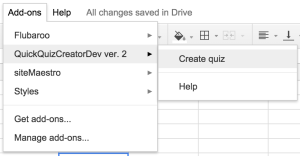 Open a Google Sheet
Open a Google Sheet